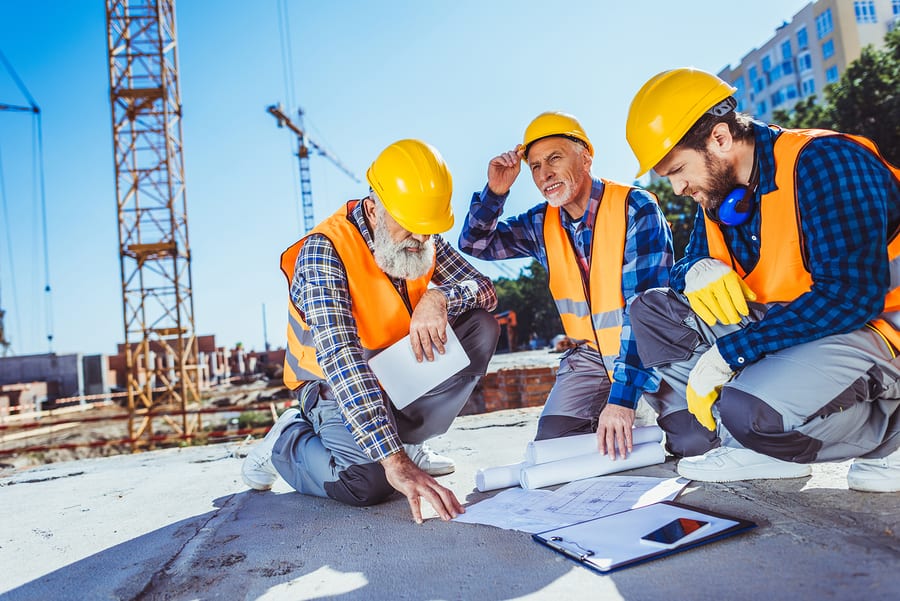Although construction may not be the first industry you think of when we say “innovative technology”, the construction industry is currently at the bleeding edge of new technology, making high-rise buildings easier to erect than ever before. New technology isn’t only making things more efficient; it’s making them safer too. So what exactly is going on in construction technology trends right now?
1. Wearable tech
Workers are commonly now being given wearable trackers which are said to improve their safety and decrease the price of workers’ compensation for employers. This tech can inform management when a worker is injured or in distress, getting them the assistance they need much more quickly. The devices can also track things such as heart rate, posture, and body temperature, allowing supervisors to monitor their staff and see when someone is straining themselves or overheating on a hot day.
2. Property sensors
Water infiltration can be a costly problem for construction bosses, but building sensors are helping to alleviate this problem. These sensors track water, temperature, and moisture, among other things. This is useful, for example, when working on a large building in which a pipe suddenly bursts, causing a massive leak. The quicker the problem is remotely detected and dealt with, the less costly the repairs will be.
3. RFID tech
When working on large buildings, it can be a logistical nightmare to get workers up and down the various floors all the time, leading to tiredness and time delays. Luckily, Radio Frequency Identification (RFID) technology gives supervisors an eye in the sky, allowing them to track their workers’ locations on a building site and devise ways of minimizing logistical problems on unfinished buildings.
4. VR modules
Virtual Reality isn’t just for video games – it can be used to train construction workers and help them to prepare for dangerous situations which they may face on a real-life construction site. For example, some VR modules allow workers to practice walking across steel beams while hundreds of feet in the air. Although it will never compare to the real thing, it could be the stepping stone which saves a life one day. It’s better to have someone virtually fall from a steel beam while training, than to have them actually fall from a steel beam in real life.
5. 3D Laser Scanning
Known by some people as “LIDAR”, 3D laser scanning uses lasers to create 3D blueprints of finished rooms, allowing workers to ascertain distances down to the millimeter. This allows contractors to compare these 3D blueprints to the real-life completed rooms, assessing how accurate the results have been compared to the plans. 3D laser scans are incredibly accurate compared to more traditional blueprints, giving designers and architects a degree of accuracy which has never been possible in the past.
With the construction industry being so notoriously dangerous and problematic, it’s perhaps no surprise that it’s an area which receives so much technological innovation. As technology becomes more accurate, worker safety can only get better and better over time. This is not only good for the workers who are in dangerous situations, it’s good for the employers who wish to reduce their costly insurance premiums by monitoring their workers’ health and safety in real time.
Looking for ways to reduce your insurance premiums or workers’ compensation rates on your construction site? Get in touch with a member of our knowledgeable insurance team today!



